Description
Motiv von der Turracher Alpe by Alfred Zoff printed on a Hoodie
About the Hoodie
Modern fit
It provides a more tailored look than a regular fit
Comfortable
The fabric and fit of this item are extra comfy
Tear-away tag
Easily removable tear-away tag that allows you to add a custom inside label
Premium quality
The product is made from premium, high-quality materials
Classic unisex hoodie with a front pouch pocket and matching flat drawstrings. The 100% cotton exterior makes this hoodie soft to the touch.
- 65% ring-spun cotton, 35% polyester
- Charcoal Heather is 60% ring-spun cotton, 40% polyester
- Carbon Grey is 55% ring-spun cotton, 45% polyester
- 100% cotton face
- Fabric weight: 8.5 oz./yd.² (288.2 g/m²)
- Front pouch pocket
- Self-fabric patch on the back
- Matching flat drawstrings
- 3-panel hood
- Tear-away tag
Alfred Zoff (1852 – 1927)
Alfred Zoff was an Austrian Post-Impressionist landscape painter.
His father was a doctor who originally came from Carinthia. He decided to become an artist at an early age and, although he began by studying medicine, in 1869 he took classes at the State Drawing Academy in Graz with the landscape painter, Hermann von Königsbrunn.
By 1880, he had decided on art as a career and was enrolled at the Academy of Fine Arts, Vienna, where he studied with Eduard Peithner von Lichtenfels. After his father’s death in 1882, his mother moved to Klagenfurt and he would often visit there to paint. It remained a favorite location for the rest of his life. He also made occasional trips to Italy and Belgium.
He completed his studies in 1890 at the Academy of Fine Arts, Karlsruhe, with Gustav Schönleber, who acquainted him the Barbizon school of landscape painting. After that, he lived in Munich and Krems an der Donau. From 1907, he was a Professor of landscape and still-life painting at the Academy in Graz, where he was an exponent of the Viennese style known as “Stimmungsimpressionismus [de]” (Mood Impressionism).
He received numerous awards, including a bronze medal at the Exposition Universelle (1900). His memberships included the Künstlerhaus Wien (from 1883) and the Hagenbund (from 1900). In 1927, shortly before his death, he was officially granted citizenship (Bürgerrechte) by the city of Graz.

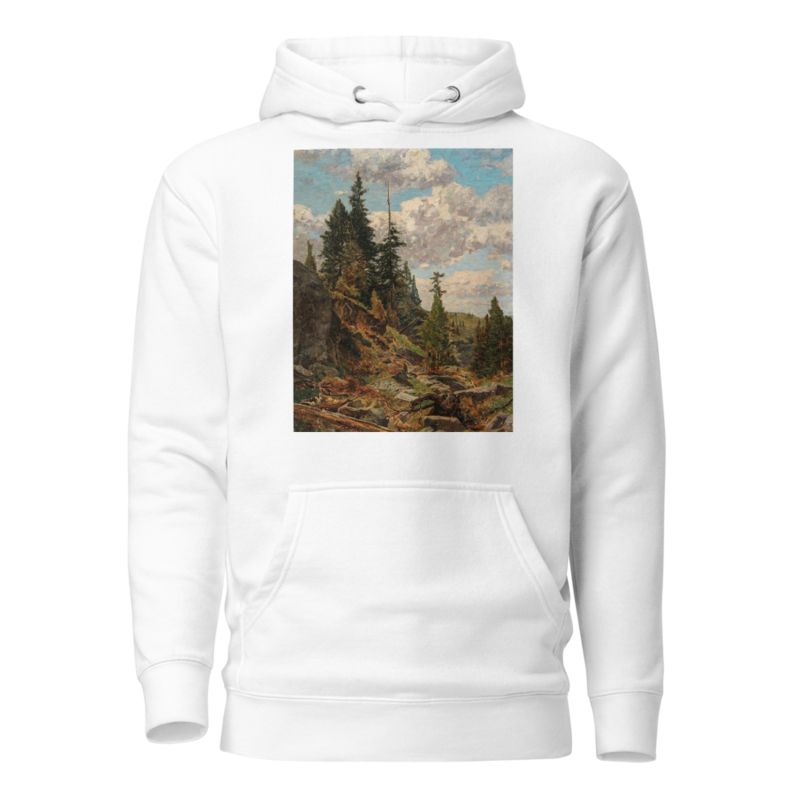
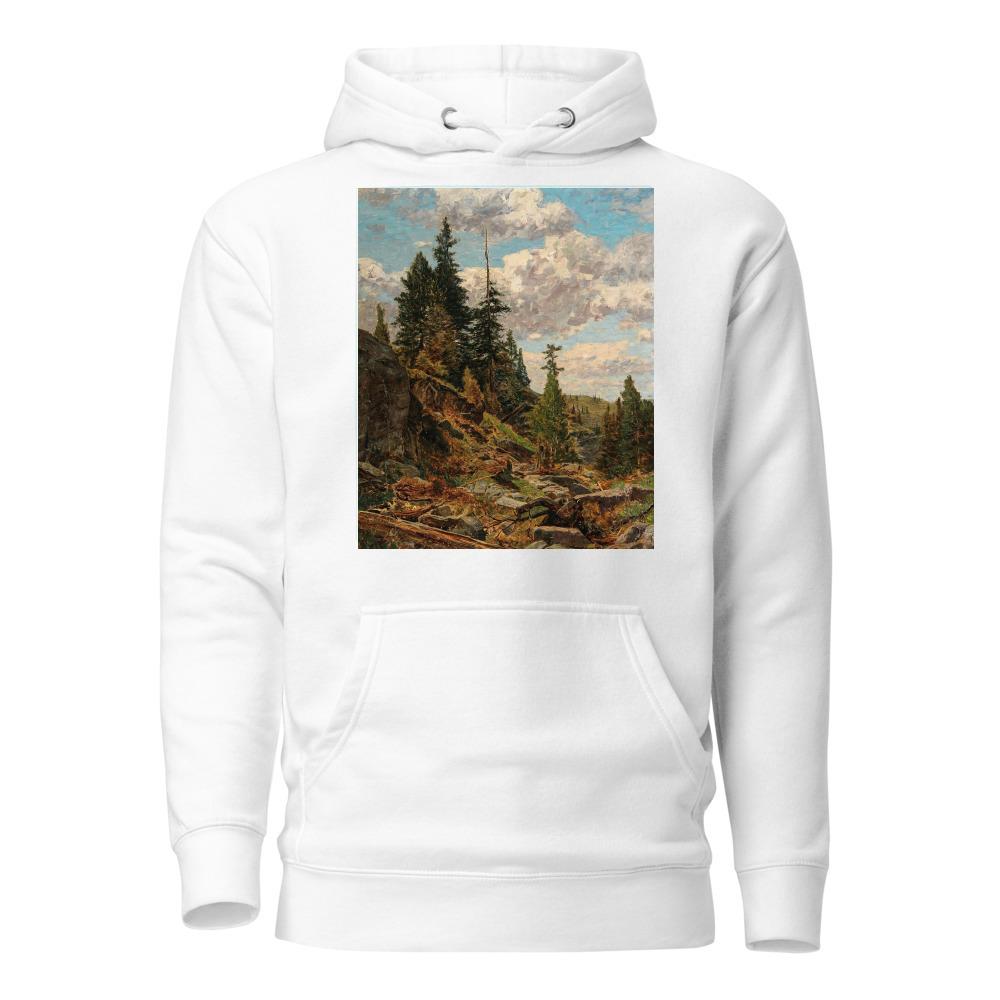
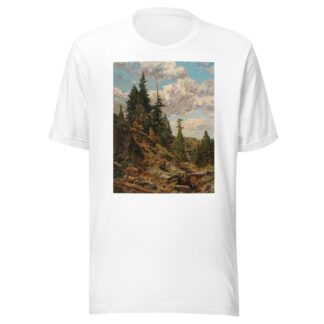
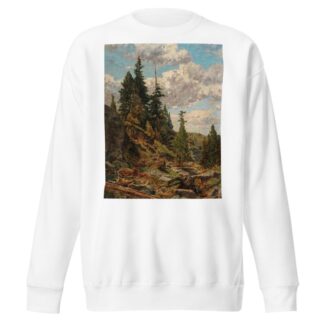
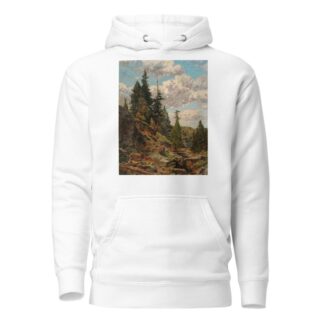
Reviews
There are no reviews yet.